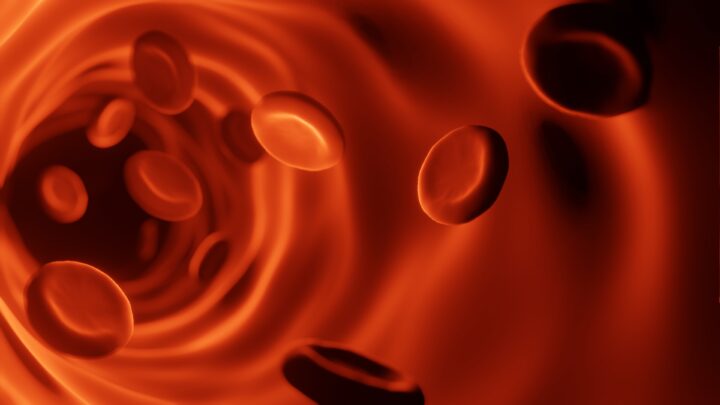Wings of dragonflies offer highly efficient flight and lightweight characteristics due to a series of adaptive materials that form a very complex composite structure.
Introduction
Since time immemorial humans have dreamed of flying. And at least since the time the ancient Roman poet Ovid recorded the legend of Icarus, we’ve turned to winged animals as a source of design inspiration for the artificial appendages that would make it possible. Among the latest in this search for aeronautical advice from nature is an examination of the structure of the wings of dragonflies, which are among nature’s most adept fliers, able not only to fly forward, but also fly sideways, backwards, and hover in place.
The Strategy
Dragonfly wings consist of different types of veins running through a thin membrane, providing integrity and increasing durability and flight efficiency.
The membrane provides a surface air can push against. It also keeps the wing rigid and helps the veins maintain position relative to each other. It is composed of three layers. The central layer is the thickest, sandwiched between the ventral and dorsal layers, which are made of column-shaped cells.
The veins are tubular, made from a cellulose-like called chitin. The veins come in three kinds: ambient, longitudinal, and cross veins. Ambient veins surround the wing and help to stabilize it. Longitudinal veins act like support beams. They help to stiffen the wing and prevent it from twisting or bending too much in the wind. There are usually 7-8 longitudinal veins per wing. The cross veins are short and act like struts to separate the longitudinal veins from each other. Together these three types of veins form small “cells” of different sizes across the wing’s surface, providing structure while also allowing the wing to bend and twist when needed.
Video

The characteristics of the veins and their configuration vary according to their location on the wing, giving different parts different degrees of strength and flexibility best suited to their interaction with air during flight. The veins on the leading edge are long and thick, and the cells they form are square. These traits impart stiffness, allowing the front of the wing to slice cleanly through the air. The veins on the trailing edge are thinner and form pentagons or hexagons, giving the trailing edge and the tip more flexibility to flow with the waves of air created as the wing flaps. In addition, the main veins are thickest on the part of the wing that connects with the body, and get gradually thinner toward the wingtip, providing power to the stroke but again allowing flexibility of airflow in areas where it boosts aerodynamic efficiency.
The overall shape and structure of the wing also influence strength and efficiency. Rather than being completely flat, the wing is zig-zagged in profile, with the veins offset vertically from one another. This configuration allows the wing to change shape slightly as it moves through the air, boosting lift during the second half of each wing beat while also reducing risk of tearing.
The trailing edge of the wing has spikes that scientists think enhance lift. Near the trailing edge is a wavy cuticle band, which makes it harder to bend and helps it withstand a sudden load. The entire wing is covered by a thin layer of wax that allows it to withstand rain and pollution and reduces drag. A dragonfly can change wing shape by changing position of veins and membranes, allowing it to adapt to different conditions.
The Potential
Dragonfly wings can provide insights useful for solving a number of human design problems. Most obviously, they might be applied to developing highly maneuverable micro-drones. Specific aspects, such as the presence of spikes along the trailing edge, can inform efforts to improve the efficiency of airplanes, land vehicles, wind turbine blades and other devices that move relative to the air.
Other inspirations go beyond aviation. The cross veins’ ability to minimize damage due to cracking is reminiscent of the structure of ripstop nylon and might be applied elsewhere to minimize damage to sheetlike surfaces. We can even see how the the geometric configurations that comprise them offer inspiration to artists looking for natural patterns to reflect in, and lend beauty to, their own creations.





